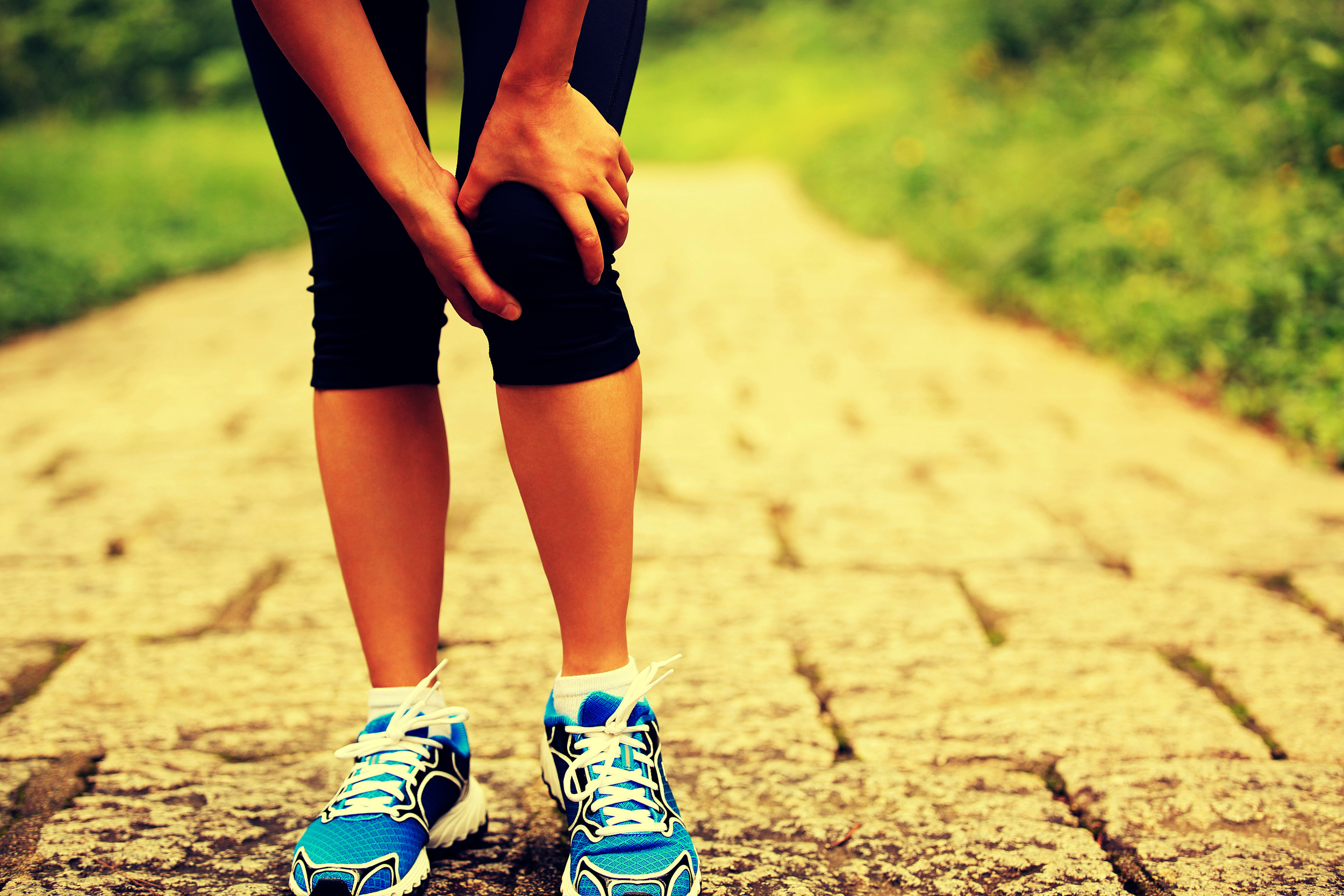Patellofemoral Pain Syndrome Treatment Nashville
The patella, commonly referred to as the "knee cap", and its tendon transmit power from the quadriceps to the lower leg. Normally, as the knee bends, the patella slides smoothly along a groove in the thigh bone. However, under certain conditions the patella may experience forces which push it against the sides of the groove, causing pain. Additionally, inflammation and roughening of the smooth underside of the patella may occur. Collectively, this process is referred to as patellofemoral syndrome (PFS). Some of you may be familiar with the older term, chondromalacia patella.
PFS is one of the most common causes of knee pain in runners. The pain is usually located in the front part of the knee, but may be on the inside, outside, or vaguely located. The pain can feel either sharp or dull, and is often made worse by squatting or walking down stairs. Sometimes there is grinding or clicking. Predisposing factors include,
- Training errors - excess hill work, stairs, or too much distance
- Biomechanical abnormalities - overpronation, "knock knees", poor pelvic control
- Muscle tightness - calf, hamstrings, iliotibial band, or vastus lateralis.
- Muscle weakness - vastus medialis obliquus (VMO), gluteus
Treatment Options for Patellofemoral Pain Syndrome
The treatment typically consists of several different therapies. By using a multi-faceted approach, the doctors at Art of Health Chiropractic are able to help your body heal as quickly as possible.
Deep Tissue Laser Therapy plays an important part of the healing process and is used by professional athletes worldwide.
Laser therapy accomplishes several key tasks:
- increases blood flow by vasodilating local blood vessels to an area with low blood flow compared to areas of the body that are surrounded by major muscle groups. This increased blood flow brings in the nutrients necessary to repair damaged tissues and removed the damaged tissue fibers
- increasing lymphatic flow which helps to reduce local swelling
- decreases prostagladin formation which reduces pain levels
- increases endorphin production
- expedites the body's natural healing processes, which allows for quicker introduction into rehabilitation
- most patients see drastic improvement in 3-5 visits
- Taping can provide immediate relief and helps to support proper position of the patella.
- Kineosiotape is a latex-free athletic tape that has been used for years. Taping allows for support of the injured area while ensuring proper function.
- Kinesiotaping can provide support and compression post injury and later in the rehabilitation process can give support when returning to full training.
- Myofascial therapy is a soft tissue therapy for the treatment of skeletal muscle immobility and pain. This therapy aims to relax contracted muscles, improve blood and lymphatic circulation, and stimulate the stretch reflex in muscles.
- Myofascial release, Gua Sha, and Trigger Point Therapy are some of the techniques used at our office.
- In patellofemoral syndrome, many times the VMO is weak while the lateral muscles of the quadriceps are overactive.
Chiropractic adjustments can be an important factor in recovering from a sports injury. Drs. Buczynski and Gant have both taken extensive supplementary training in adjusting the joints in the extremities.
- Restoration of normal joint range of motion and function
- Restoration of normal movement patterns
- Normalization of your lower limb neurodynamics
Therapeutic Exercises
A frequent finding in runners with PFS is a weak VMO muscle. Isolating and strengthening this muscle will help keep the patella in its groove and there are several useful exercises that accomplish this. All should be done without pain.
- Sit on the floor and place a rolled up towel under your knee. Rotate your leg so that your foot is pointing out at about 45 degrees. Place your fingers over the VMO muscle. Contract the VMO and hold for 30 seconds. Repeat for a set of 5. Practice contracting the VMO first, before the other quadriceps muscles. Your fingers can help give you feedback.
- Step down one stair and back up again. Again, try to isolate the VMO. Repeat for a set of 15 - 20.
- Squat, balancing on one leg. Go down until the knee is bent at 90 degrees, and then back up again. Repeat for a set of 15 - 20. This exercise strengthens the VMO and assists in pelvic stability.
Dr. Callie Gant and Dr. Michael Buczynski founded Art of Health Chiropractic to create a happier, healthier Nashville. Feel free to call the office at 615-953-7544 with any questions or to schedule your first appointment.


